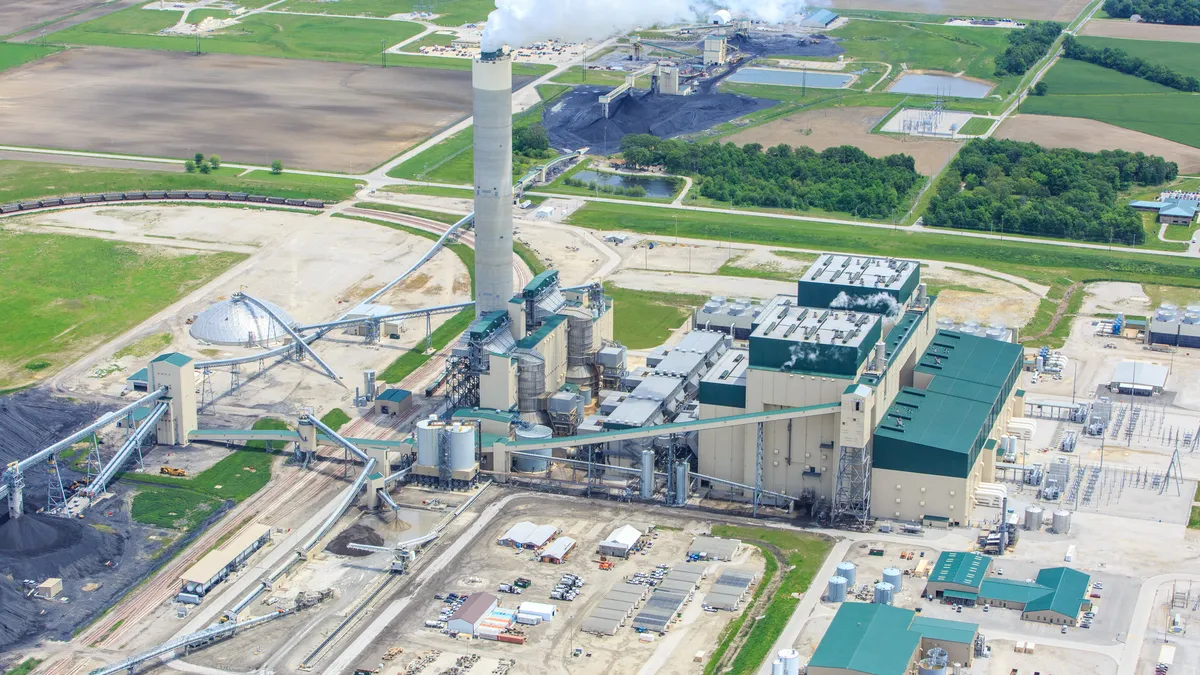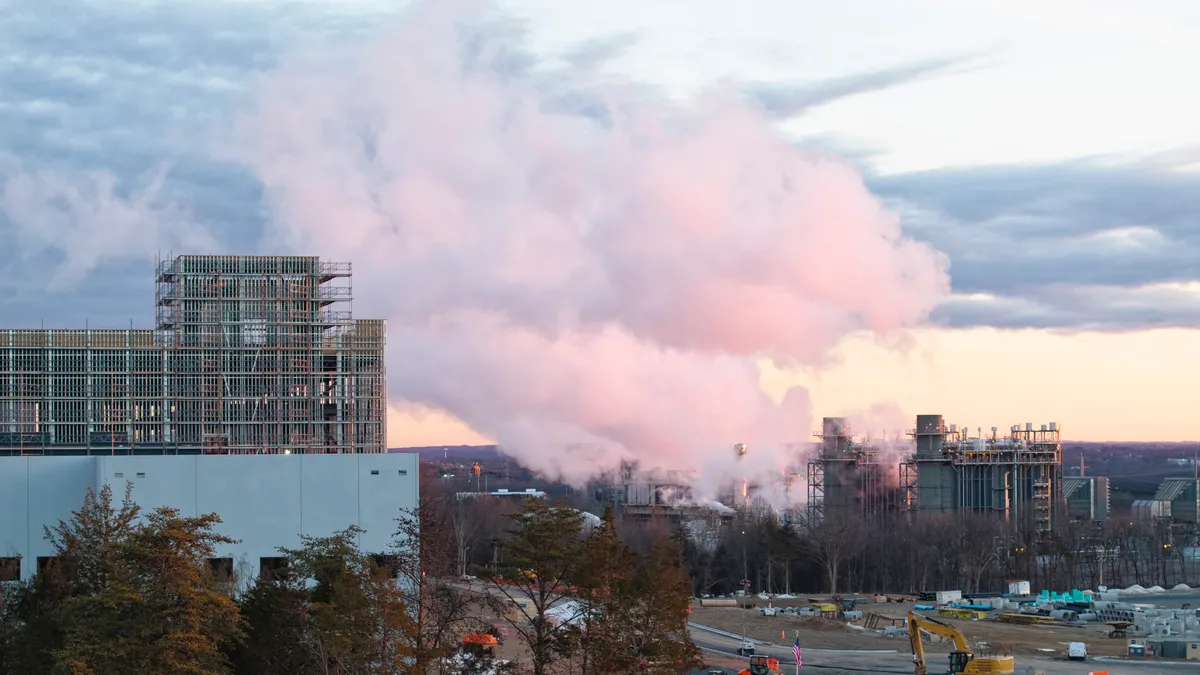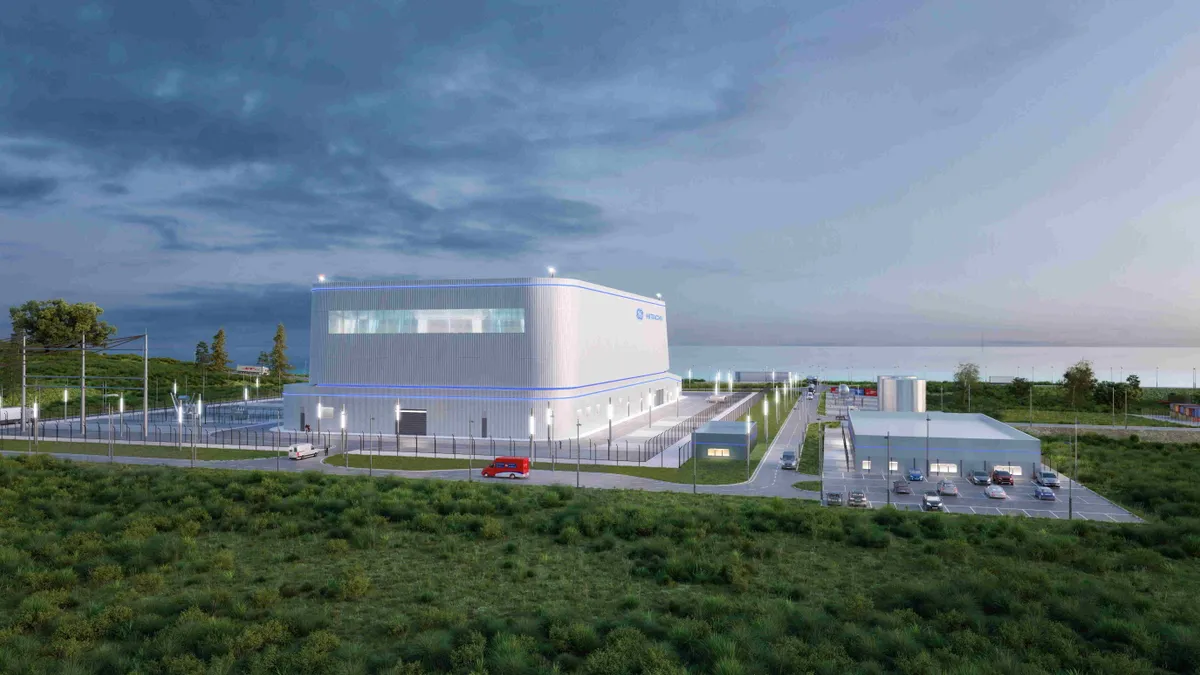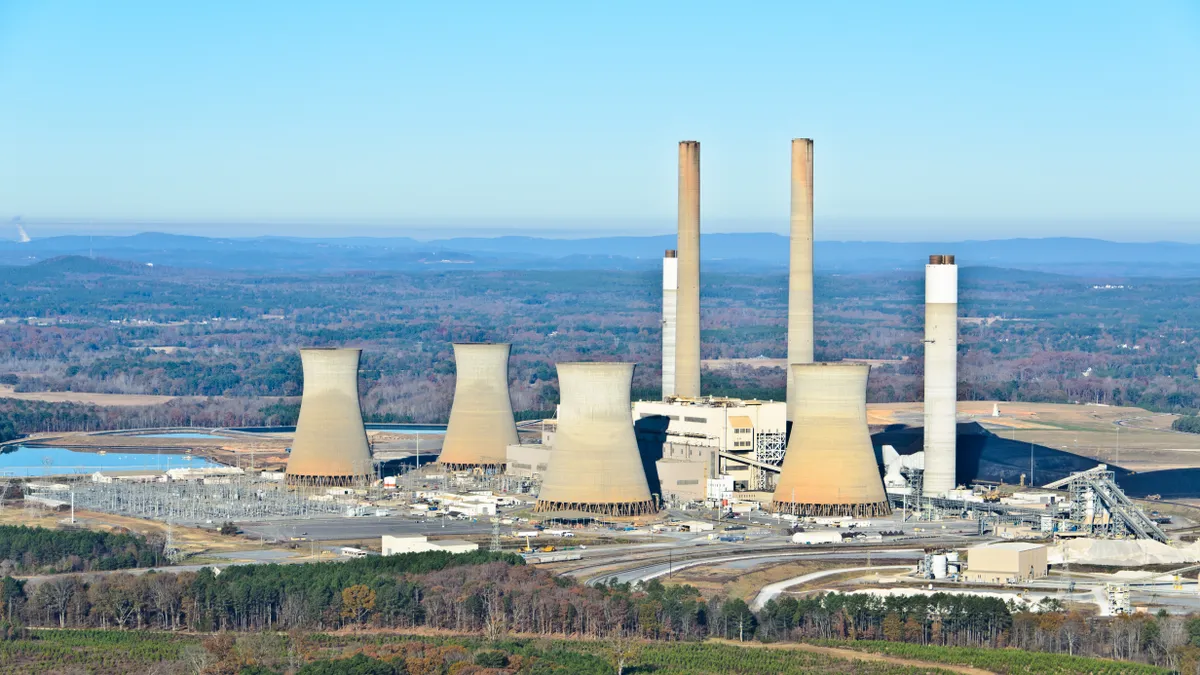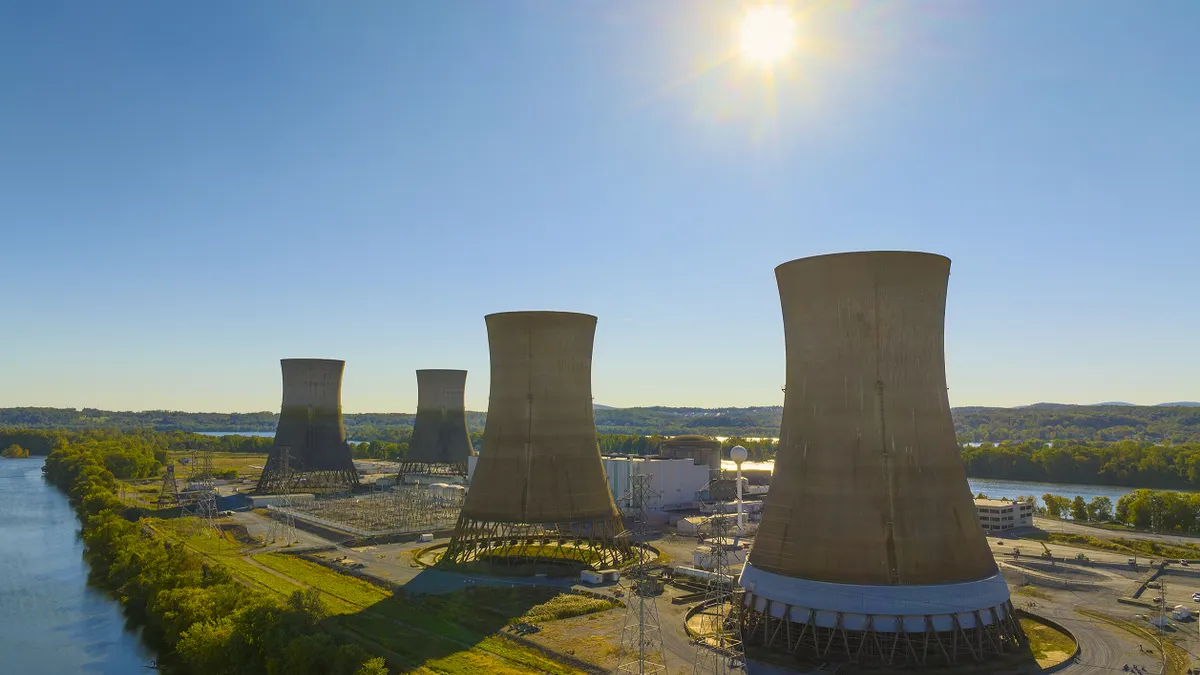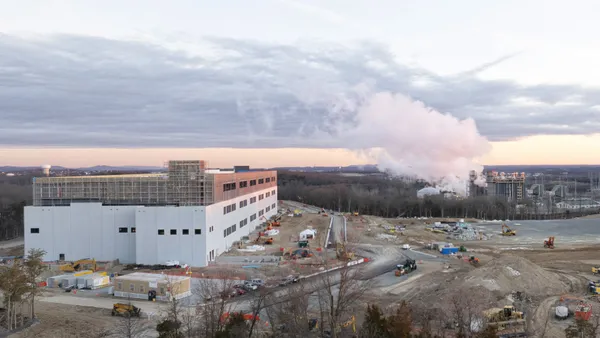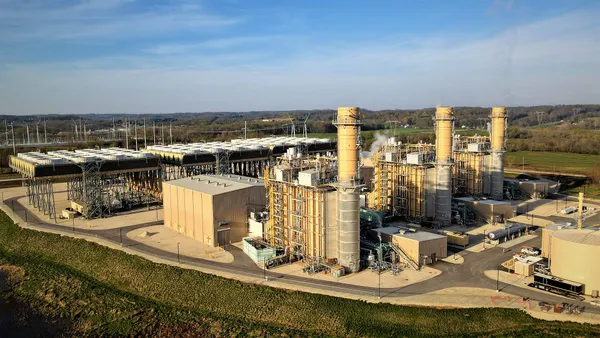Gideon Powell is the CEO of Cholla, a Texas energy company, and Josh T. Smith is the energy policy lead for Abundance Institute, a nonprofit group based in Salt Lake City.
Will artificial intelligence data centers make Texas their new home? If so, how will they impact the electric grid? These questions are front of mind for Texas lawmakers. Recent legislative proposals — including H.B. 3970 and its companion S.B. 1942 — reflect a growing contingent that sees data centers as grid assets, not liabilities.
If Texas sets up the right rules for AI data centers to connect to the grid, then every Texan will benefit from the investments technology companies will make in the state. Texas can lead in artificial intelligence just as it has led across the energy and tech sectors over the past decade, driving billions of economic activity to the state.
Texans have ample reason to be excited about data center developments in their state. For one, they bring billions of dollars in investments to the state. For another, they’re a natural fit for Texas' strong electricity grid–the most innovative and fastest-growing in the world. Thanks to its free-market energy system, Texas recently added more new generation capacity to its grid than any other state. Batteries, solar, wind, gas, coal, and nuclear power all make Texas home because of its effective, innovation-friendly governance.
When it comes to adding new load to the electric grid, the real problem is peak demand. These hours are usually in the late evening on hot summer days or early morning on cold winter days. Peak demand hours are the system's real cost drivers as wholesale energy costs rocket to the Electric Reliability Council of Texas’ $5,000/MWh price cap.
Over the past few years, ERCOT, the state Legislature, and the Public Utility Commission of Texas have explored market improvements to further ensure reliability during peak demand hours. Flexible large loads, such as AI data centers, can provide grid reliability during these times by using their onsite energy assets. These can be batteries, diesel generators, natural gas systems, or potentially small modular reactors in the not-so-distant future.
Most importantly, by bringing new generation resources to ERCOT, these data centers can improve resource adequacy and support grid stability, serving as assets to the grid.
With the right updates to current policy, grid operators could enable assets data centers already bring to avoid costly system updates to serve peak demand. Flexibility is usually thought to come from removing demand from the grid, but it also comes from enabling new kinds of connections. In this case, getting co-located energy assets off the sidelines and in the game.
Our pitch is exactly this idea: a new way to connect to the grid that accounts for load flexibility from co-located energy assets. An Enhanced Reliability Interconnection, or ERI, would prioritize connections to the grid for large loads that enhance reliability through flexibility and by bringing behind-the-meter generation. As a result, data centers guarantee that they won't add to rare but expensive system peaks.
Flexibility today saves customers costs that would otherwise be spent overbuilding the system to meet the demands of only a few hours a year. Where upgrades are still needed, it buys grid operators time as additional generation is brought online and new transmission lines are built.
In line with this idea, a recent report from Duke University researchers highlighted extensive opportunities stemming from only a small amount of flexibility. Across the country, even a small ability to flex means that the U.S. can add 76 GW of new load today.
Texas is the first in the nation to consider statewide legislation to enable flexibility across the entire grid. As Arushi Sharma Frank, founder of Luminary Strategies, pointed out in her review of data center interconnection policies, these kinds of updates are “exactly what Texas needs now.” They represent the first steps towards the kind of energy policies that reward good grid citizens.
An ERI program in ERCOT could bring billions of dollars of investment to Texas as companies compete to win the AI race. This could start a positive flywheel of investments and growth in the state, as the development of jobs related to data centers brings new opportunities.
State and federal regulators across the country should take note. Load flexibility is a powerful tool for meeting rising energy demand without sacrificing reliability. Texas may be first, but it shouldn't be the last.








